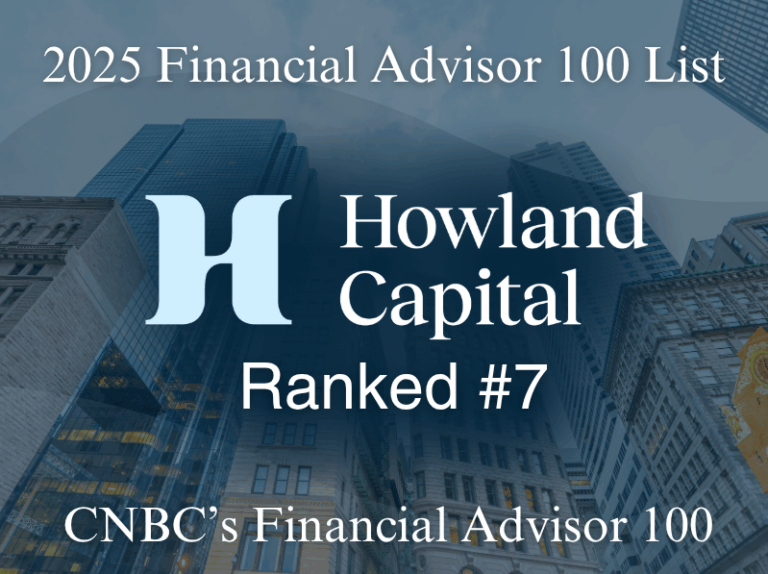Six months into the global pandemic, the overall economy is making progress, which continues to be uneven. As restrictions were lifted and businesses reopened over the summer, the economy grew slightly; U.S. gross domestic product (GDP) recorded monthly increases in July and August, according to IHS Markit. However, the trend in growth is decelerating and many Americans continue to struggle. While Wall Street celebrates a strong equity market recovery, many on Main Street America are under significant financial pressure.
We are in a time of heightened uncertainty on many fronts– political, social, medical and economic. Much of the visibility associated with an economic path forward is dependent on progress in combating the virus. On that front, it seems increasingly likely that a number of vaccines will receive regulatory approval; however, wide scale availability is unlikely to occur until the second half of next year. This is a critical hurdle to restoring a fully functioning economy, including travel, leisure, and restaurant industries that have been hit the hardest, and to sustaining recent gains in the equity markets.
The pace of improvement in the labor market has been a bright spot, with about half of the 22 million jobs lost in February and March regained during the summer months. However, September data showed a slower pace of job creation and October results will be impacted by a loss of about 200,000 Federal Census workers as well as additional corporate layoffs.
The usual holiday hiring pickup is also at risk this year, given continued widespread COVID-19 restrictions and lower foot traffic trends. So while the unemployment rate has dropped from 14.7% to 7.9%, it still remains higher than it was before the downturn, and is skewed in part by hundreds of thousands of workers who have stopped looking for a job altogether. The accompanying chart illustrates the extent of job losses in the current crisis relative to the last major recession. We will need to see continued improvement in employment trends before declaring victory for Main Street.
In the near term, we expect growth to continue at a more moderate pace. For the three months ending in September, we expect a sharp recovery of about 35% in annualized growth, compared to the second quarter’s historically weak reading. This estimate represents a strong “bounce” following the worst contraction ever recorded. For the final months of the year, we expect a much more moderate pace of growth that could bring the markets within a few percentage points of the highs seen in February. This low single digit growth trend is likely to continue into next year, but is contingent on monetary and fiscal
stimulus as well as progress towards a vaccine.
The government has been aggressive with both monetary and fiscal support. The Federal Reserve has
pushed interest rates to near zero and instituted numerous programs to extend credit to borrowers and provide liquidity to financial markets. Fiscal support in the form of the CARES Act has offered loans to small businesses and debt forbearance to consumers facing financial hardship. Still, forbearance is not forgiveness. In time, debts will need to be repaid, refinanced, or written off. So far, the current economic weakness has not led to severe credit losses for banks or individuals, owing largely to government support, which has helped “bridge the gap” between payments on debt and income. With the next fiscal package stalled in Congress, it is critical that we make progress on containing and treating the virus in order to fully reopen the economy
